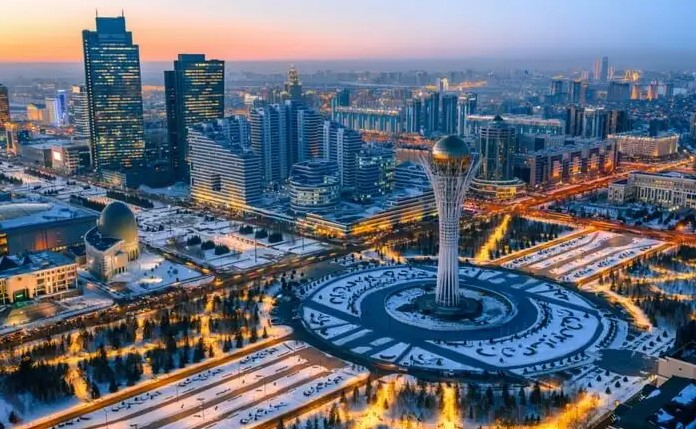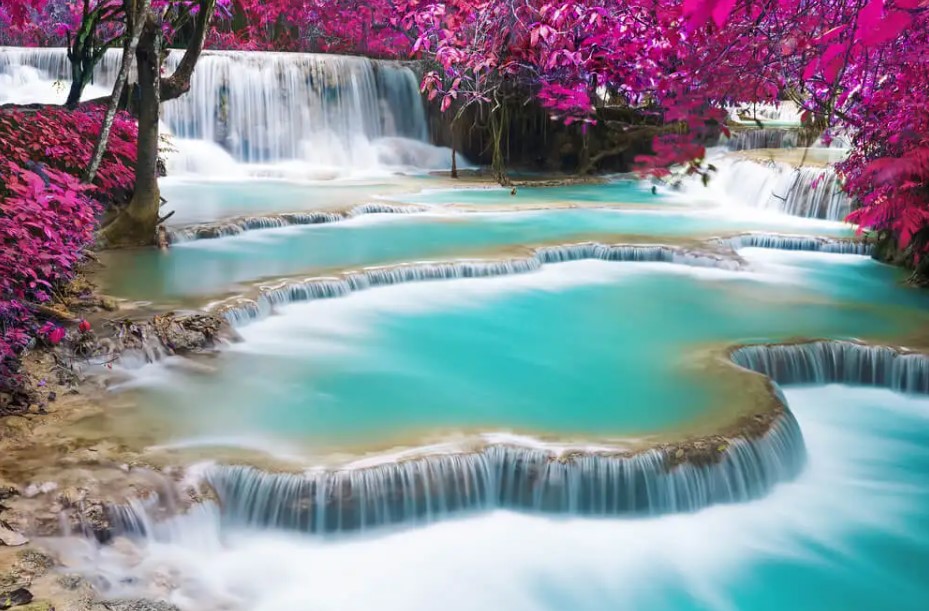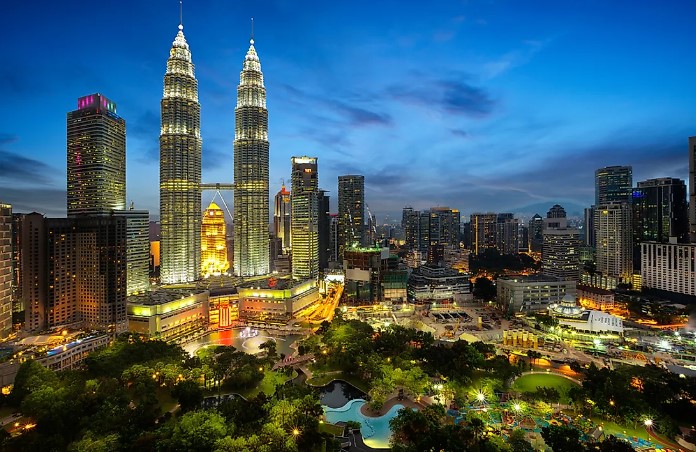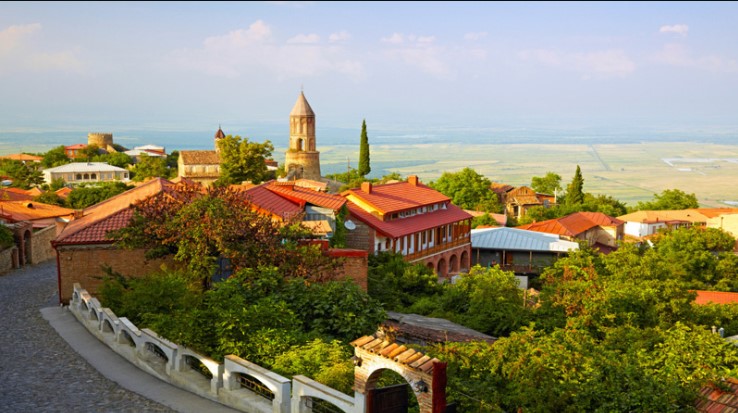Here are some of the top-rated tourist attractions in Poland, Eastern Europe. This list of the best places to visit in Poland, Eastern Europe will be a magical event during your visit.
However, in this article, I discuss the 5 top-rated tourist attractions in Poland, Eastern Europe. So, continue reading and discover these prettiest & top-rated tourist attractions in Poland, Eastern Europe!
01. Wawel Royal Castle
Wawel Royal Castle and the Wawel Hill on which it sits are some of the most historically and culturally significant sites in Poland.
A fortified residence on the Vistula River in Kraków, it was founded by order of King Casimir III and expanded over the centuries into several structures around an Italianate-style courtyard.
It represents almost all European architectural styles from the medieval, renaissance and baroque eras. The castle is part of a fortified architectural complex built on a limestone outcrop on the left bank of the Vistula River at an altitude of 228 meters above sea level.
The complex consists of many buildings of historical and national importance, including Wawel Cathedral where Polish kings were crowned and buried.
Apart from the oldest examples of Romanesque and Gothic architecture in Poland, some of the oldest stone buildings in Wawel date back to 970 AD.
02. Rynek Główny
The main square of Krakow's Old Town in Lesser Poland is the main urban space in the city center. It dates back to the 13th century and is the largest medieval town square in Europe at 3.79 hectares.
The Project for Public Space listed the square as one of the best public spaces in Europe due to its vibrant street life, and it was a major factor in Krakow being included as one of the best off-the-beaten-path destinations in the world. 2016.
The main square is a square surrounded by historic townhouses and churches. The center of the square is dominated by the Cloth Hall, rebuilt in 1555 in the Renaissance style, with a beautiful attic or Polish parapet decorated with carved masks.
On one side of the Cloth Hall is the Town Hall Tower, on the other side is the 11th-century Church of St. Adalbert and the 1898 Adam Mickiewicz Monument.
03. Łazienki Park
Lazienki Park or Royal Baths Park is the largest park in Warsaw, Poland, occupying 76 hectares in the center of the city.
The park-and-palace complex is located in Warsaw's central district on Ujazdow Avenue, part of the Royal Route that connects the Royal Castle with the Władysław Palace to the south.
To the north of Lazienki Park, on the other side of Agricola Street, stands the Ujazdo Castle. Originally designed in the 17th century as a bathing park for the aristocratic Stanisław Heraklius Lubomirski, in the 18th century Poland's last emperor, Stanislaus II Augustus Lazienki, transformed it into a palace, villa, classicist folly and monument.
04. Pier in Sopot
Pier in Sopot is a pier on the Gulf of Gdansk in Sopot, Poland, built as a pleasure pier and a mooring point for cruise boats.
It was first opened in 1827, and at 511.5 meters, the pier is the longest wooden pier in Europe. It stretches from the middle of Sopot beach into the sea which is a popular place for recreation and health walks or public entertainment events and also serves as a mooring point for cruise boats and water taxis.
It is an excellent point for observing the World Sailing Championships, the Baltic Windsurfing Cup and the Sopot Triathlon held in the bay. Sopot Pier consists of 2 parts: the famous wooden walking jetty and Spa Square on land, where concerts and festivals are organized.
In contrast, Southend Pier, Europe's longest pier is 2,158 meters long but is primarily constructed of iron, unlike the wooden Pier in Sopot.
05. Palace of Culture and Science
The Palace of Culture and Science is a notable skyscraper in central Warsaw, Poland. With a total height of 237 meters it is the second tallest building in both Warsaw and Poland after the Verso, the 6th-tallest building in the European Union and one of the tallest buildings in continental Europe.
Built in 1955, it houses various public and cultural institutions such as cinemas, theaters, libraries, sports clubs, university faculties and authorities of the Polish Academy of Sciences. Since 2007, it has been listed in the Registry of Objects of Cultural Heritage.
Inspired by Polish historical architecture and American Art Deco high-rise buildings, PKiN was designed by Soviet-Russian architect Lev Rudnev in the "Seven Sisters" style and is informally referred to as the Eighth Sister.
The palace was the tallest clock tower in the world until a clock system was installed at the NTT Docomo Yogi Building in Tokyo, Japan.











































































































































